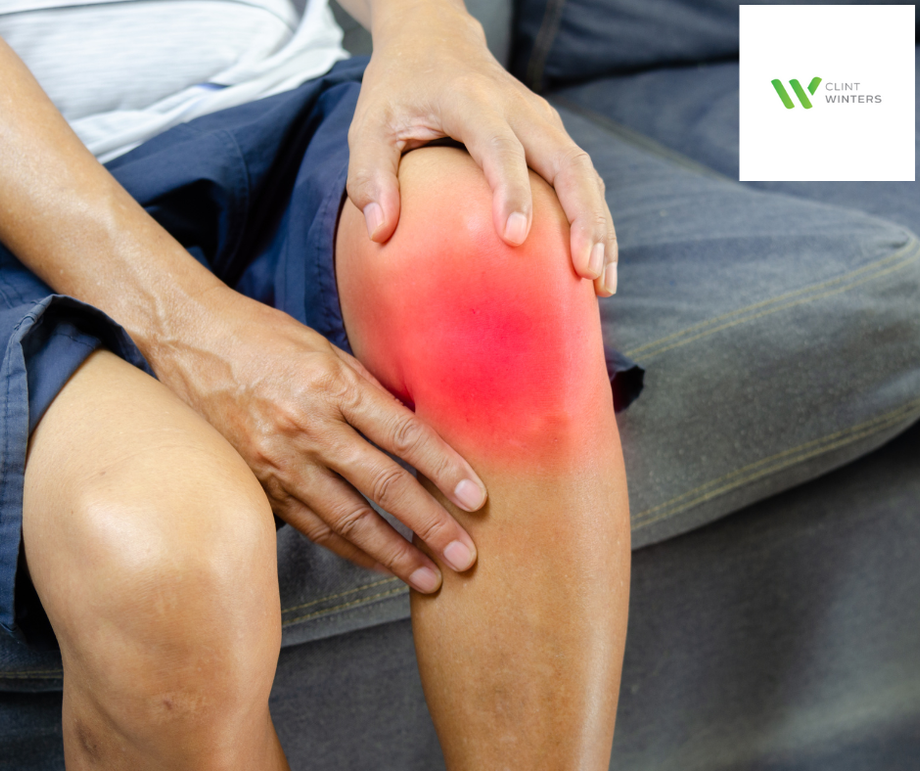As we gracefully age, our bodies may encounter various challenges, and joint pain is one of the most common issues experienced by older adults. This discomfort can stem from multiple factors, including arthritis, injuries, or overuse. Regardless of its cause, joint pain can range from a mild inconvenience to severe agony, impacting our ability to enjoy daily activities. However, it's crucial not to let joint pain hinder us from living life to the fullest. There are many effective ways to manage joint pain, maintain joint health, and improve overall well-being, allowing us to embrace life with enthusiasm and vigor.
Pay Attention to Your Body:
First and foremost, it's essential to listen to your body's signals and not ignore persistent joint pain. While some degree of joint discomfort is common with age, prolonged or worsening pain may indicate an underlying issue that requires medical attention. Consulting a healthcare professional can help determine the cause of the pain and provide appropriate treatment or management strategies.
Maintain Body Weight and Balanced Diet :
Excess body weight can put added stress on our joints, exacerbating joint pain and discomfort. Maintaining a healthy weight through a balanced diet and regular exercise can significantly alleviate joint strain. Eating a well-balanced diet consisting of fruits, vegetables, whole grains, and lean proteins can be beneficial for joint health. Additionally, avoiding processed foods and sugary beverages can help reduce inflammation in the body.
Low-Impact Exercises for Joint Health:
While exercise is essential for overall health, high-impact activities can be hard on our joints. Instead, incorporating low-impact exercises into our routine can improve joint flexibility and reduce inflammation. Activities like swimming, walking, or cycling are gentle on the joints while still providing significant benefits for cardiovascular health and overall well-being. Remember to start slowly and gradually increase the intensity and duration of your exercise routine, taking care not to overexert your joints.
Over-the-Counter Pain Relievers:
For mild to moderate joint pain, over-the-counter pain relievers can offer temporary relief. However, it is essential to consult a healthcare professional before using any medications, as they can interact with other medications you might be taking or have contraindications. Furthermore, relying solely on pain relievers without addressing the root cause of joint pain may not be a sustainable long-term solution.
Consider Joint Supplements like Conolidine:
In recent years, some joint supplements, like Conolidine pain reliever, have shown promising results in improving joint health and reducing pain in some individuals. Conolidine inventor derived Conolidine from natural plant sources i.e. bark of the flowering shrub T. divaricata, also known as the pinwheel flower or crepe jasmine, and studies have suggested that it may possess anti-inflammatory properties and help alleviate joint pain. However, as with any supplement, it's essential to consult with a healthcare professional before incorporating Conolidine or any other joint supplement into your regimen.
Prioritize Self-Care:
In addition to adopting healthy lifestyle habits and considering joint supplements, prioritizing self-care is crucial for managing joint pain. Engaging in stress-reducing activities such as meditation, yoga, or spending time in nature can help alleviate tension and improve overall well-being. Getting enough rest and sleep is also vital for allowing your body to heal and recover from daily activities.
Joint pain can be a challenging aspect of aging, but it doesn't have to limit our enjoyment of life. By listening to our bodies, seeking medical attention when necessary, maintaining a healthy weight, incorporating low-impact exercises, and prioritizing self-care, we can effectively manage joint pain and improve joint health. Remember that each person's experience with joint pain is unique, so finding the right combination of strategies may take time and patience. Ultimately, the goal is to live life to the fullest, embracing each day with vitality and joy, despite the challenges that may come with aging.

